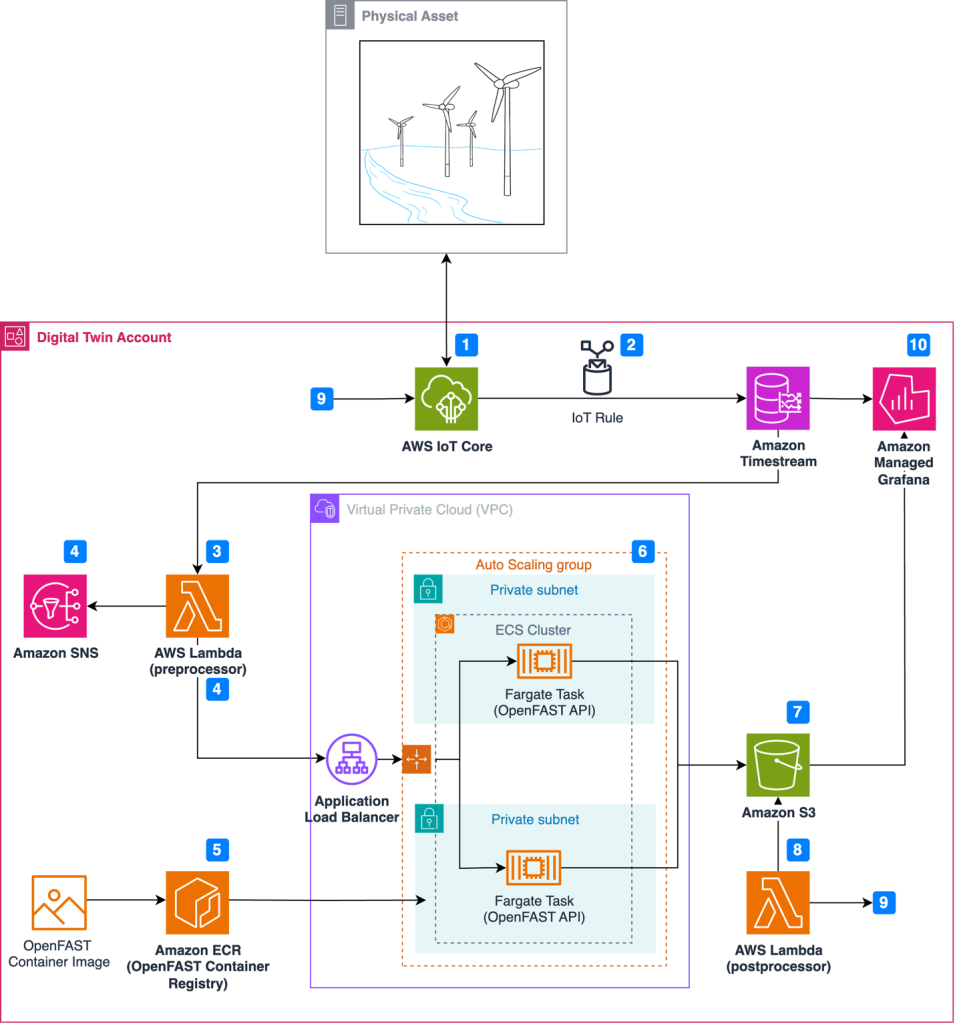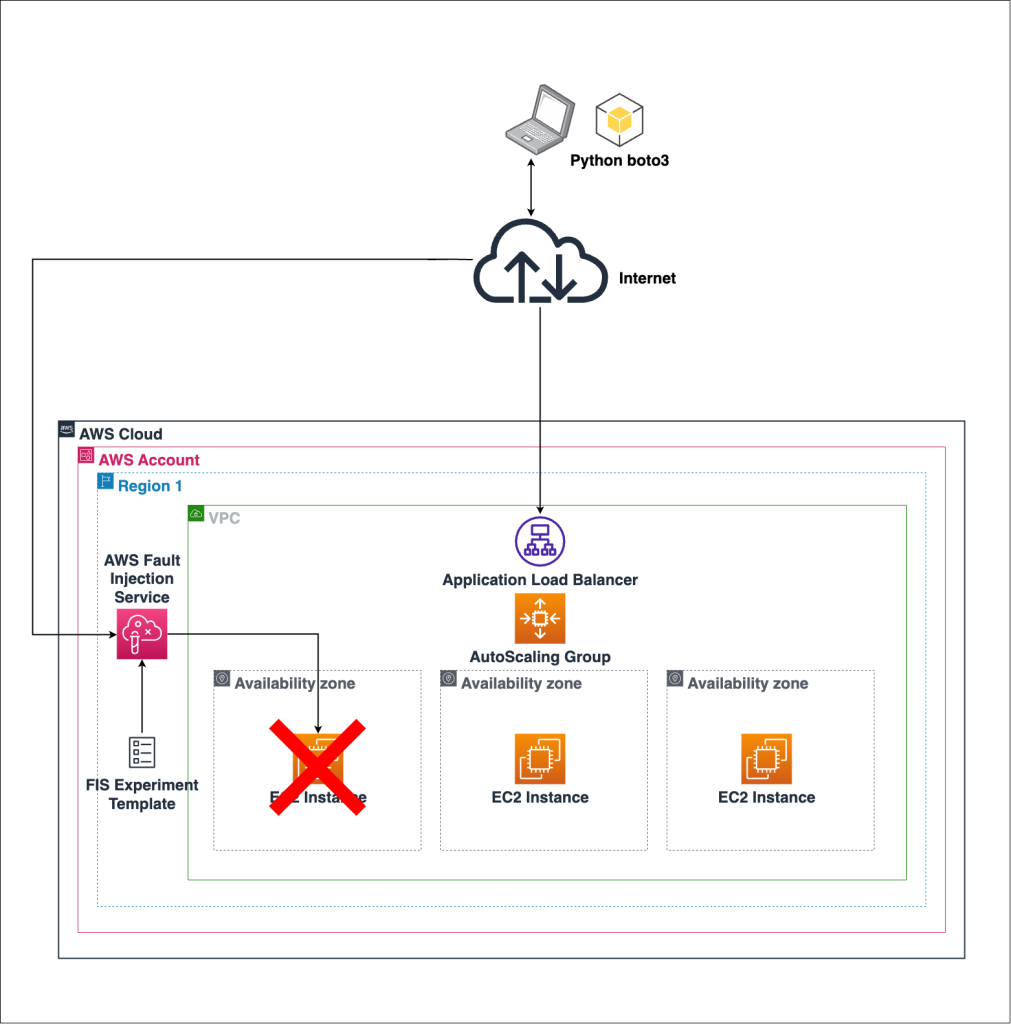AWS Architecture Blog
Let’s Architect! Discovering Generative AI on AWS
Generative artificial intelligence (generative AI) is a type of AI used to generate content, including conversations, images, videos, and music. Generative AI can be used directly to build customer-facing features (a chatbot or an image generator), or it can serve as an underlying component in a more complex system. For example, it can generate embeddings […]
Genomics workflows, Part 6: cost prediction
Genomics workflows run on large pools of compute resources and take petabyte-scale datasets as inputs. Workflow runs can cost as much as hundreds of thousands of US dollars. Given this large scale, scientists want to estimate the projected cost of their genomics workflow runs before deciding to launch them. In Part 6 of this series, […]
London Stock Exchange Group uses chaos engineering on AWS to improve resilience
This post was co-written with Luke Sudgen, Lead DevOps Engineer Post Trade, and Padraig Murphy, Solutions Architect Post Trade, from London Stock Exchange Group. In this post, we’ll discuss some failure scenarios that were tested by London Stock Exchange Group (LSEG) Post Trade Technology teams during a chaos engineering event supported by AWS. Chaos engineering […]
Simplify document search at scale with intelligent search bot on AWS
Enterprise document management systems (EDMS) manage the lifecycle and distribution of documents. They often rely on keyword-based search functionality. However, it increasingly becomes hard to discover documents as such repositories grow to tens of thousands of items. In this blog, we discuss how Amazon Web Services (AWS) built an intelligent search bot on top of […]
Physics on AWS: Optimizing wind turbine performance using OpenFAST in a digital twin
Wind energy plays a crucial role in global decarbonization efforts by generating emission-free power from an abundant resource. In 2022, wind energy produced 2100 terawatt-hours (TWh) globally, or over 7% of global electricity, with expectations to reach 7400 TWh by 2030. Despite its potential, several challenges must be addressed to help meet grid decarbonization targets. […]
Top Architecture Blog Posts of 2023
2023 was a rollercoaster year in tech, and we at the AWS Architecture Blog feel so fortunate to have shared in the excitement. As we move into 2024 and all of the new technologies we could see, we want to take a moment to highlight the brightest stars from 2023. As always, thanks to our […]
Behavior Driven Chaos with AWS Fault Injection Simulator
A common challenge organizations face is how to gain confidence in and provide evidence for the continuous resilience of their workloads. Using modern chaos engineering principles can help in meeting this challenge, but the practice of chaos engineering can become complex. As a result, both the definition of the inputs and comprehension of the outputs […]
How Zurich Insurance Group built their Scalable Account Vending process using AWS Account Factory for Terraform
Introduction Zurich Insurance Group is a leading multi-line global insurer operating in more than 200 territories. Headquartered in Zurich, Switzerland, their main business is life and property and casualty (P&C) insurance. In 2022, Zurich began a multi-year program to accelerate their digital transformation and innovation through migration of 1,000 workloads to AWS, including core insurance […]
How Sonar built a unified API on AWS
SonarCloud, a software-as-a-service (SaaS) product developed by Sonar, seamlessly integrates into developers’ CI/CD workflows to increase code quality and identify vulnerabilities. Over the last few months, Sonar’s cloud engineers have worked on modernizing SonarCloud to increase the lead time to production. Following Domain Driven Design principles, Sonar split the application into multiple business domains, each […]
Converting stateful application to stateless using AWS services
Designing a system to be either stateful or stateless is an important choice with tradeoffs regarding its performance and scalability. In a stateful system, data from one session is carried over to the next. A stateless system doesn’t preserve data between sessions and depends on external entities such as databases or cache to manage state. […]









